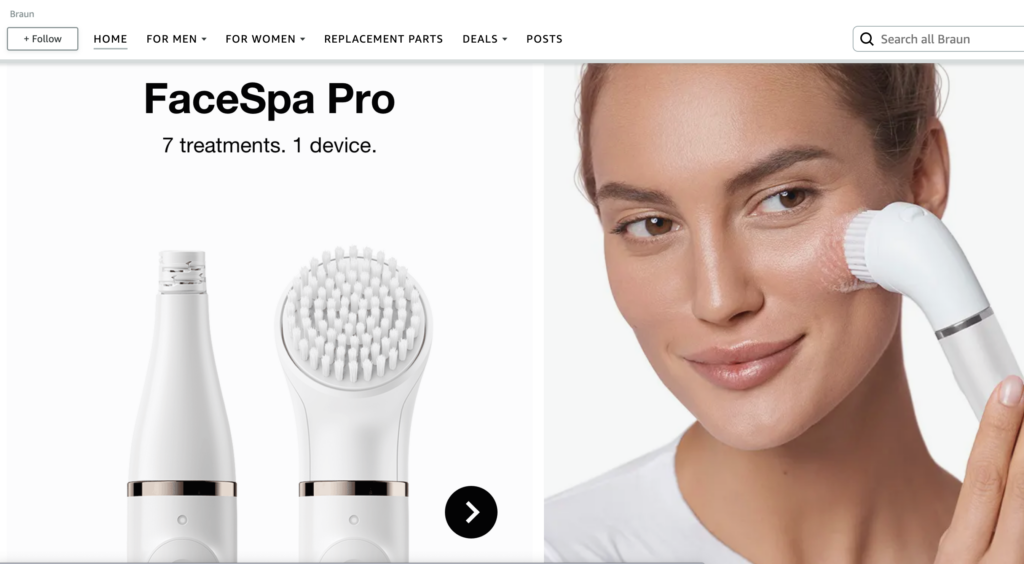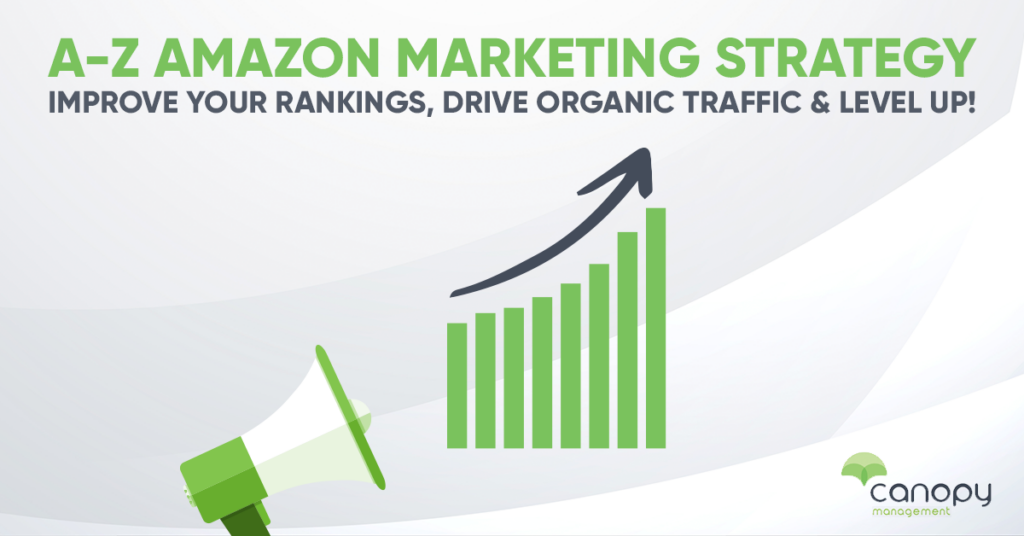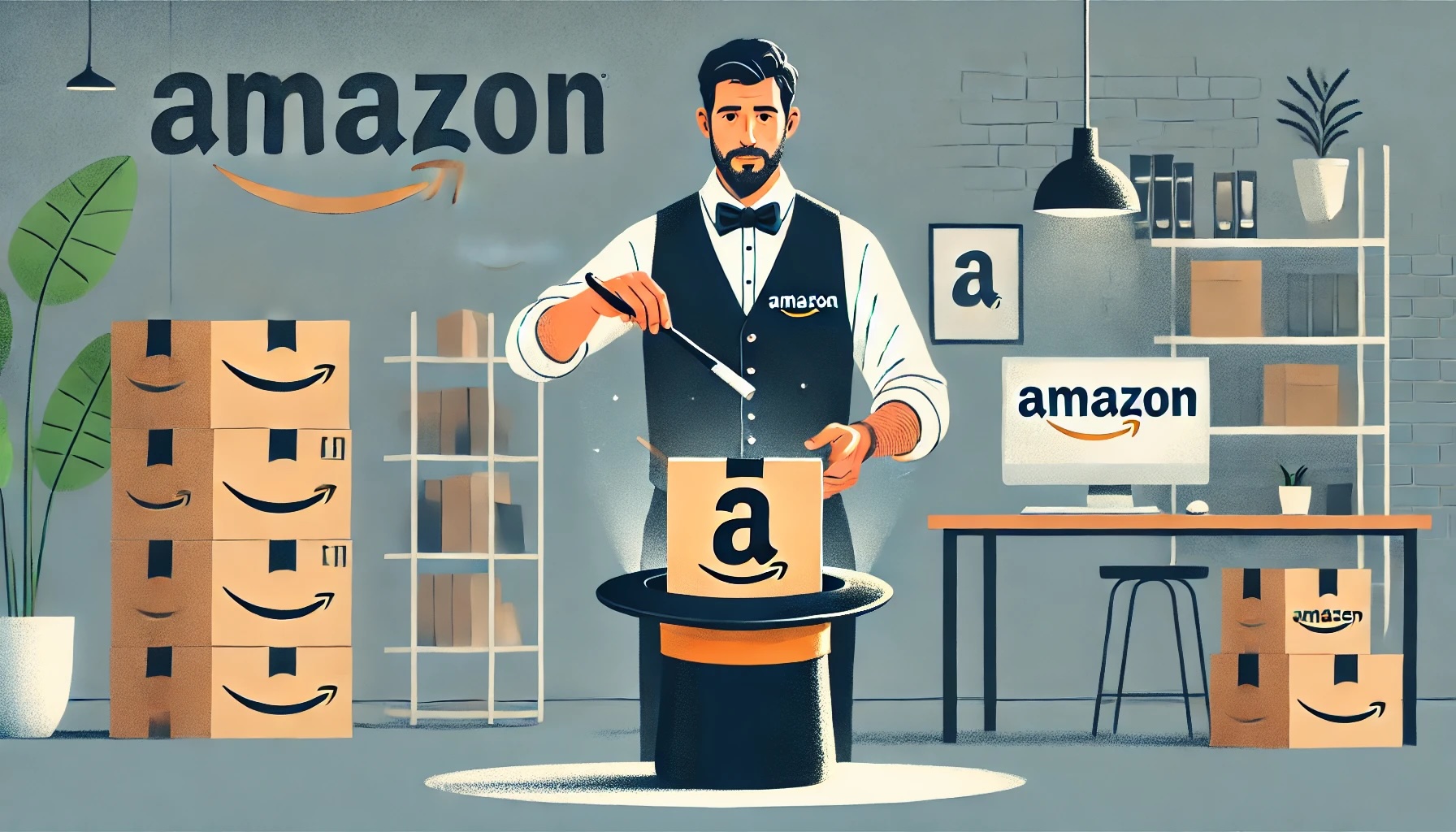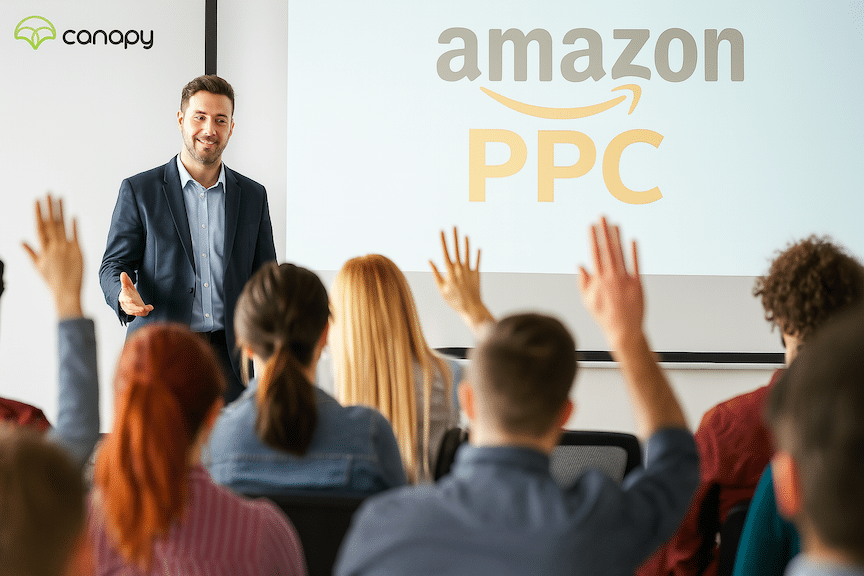Amazon Sponsored Product Ads vs. Sponsored Brand Ads: The 6 Crucial Differences Every Seller Should Know
Who can use each type? When should you use one over the other? Get the answers to these questions and more in the guide below

Whether you’re a brand new Amazon seller or a seasoned ecommerce veteran, advertising on Amazon has become THE way to drive your product sales and differentiate yourself from the rest of your competitors.
Amazon advertising offers a number of options, including three different versions of pay-per-click (PPC) advertising as well as Amazon’s Demand-Side-Platform (or DSP). However, as online sellers, Amazon Sponsored Product Ads and Sponsored Brand Ads are the two you’re most likely to start with.
While they may sound similar, they cater to different needs and strategies. Most Amazon-selling entrepreneurs would agree that starting with Sponsored Product Ads is the way to go, but very quickly you’re going to want to layer both ad types. Ultimately, the way that you combine the two platforms has a lot to do with your final goals.
This post offers a look at six key differences between these two potent marketing tools. With that understanding, you’ll be able to devise an Amazon advertising strategy that you’re going to need to thrive in what’s become a very competitive space.
With that in mind, let’s begin with a simple one . . .

1. Who Can Use the 2 Ad Types?
Amazon Sponsored Product Ads are available for professional sellers, vendors, book vendors, Kindle Direct Publishing (KDP) authors, and agencies. Products must be in one or more eligible categories and be eligible for the Featured Offer in order to advertise. This means that even a new seller or an author can advertise their product using Sponsored Product Ads without any special qualifications.
On the other hand, Sponsored Brand Ads are exclusively available to professional sellers enrolled in Amazon Brand Registry, as well as vendors, book vendors, and agencies.
Sponsored Brand ads are designed to promote a brand rather than individual products, providing a higher level of recognition and awareness. This makes them a great choice for entrepreneurs attempting to scale and develop a consistent overall brand narrative.
2. Ad Placement
Amazon Sponsored Product Ads are displayed at the top of, alongside, or within shopping results and on product pages, on desktop and mobile. Because Sponsored Products Ads are shown to shoppers based on relevant keywords or products, they’re highly effective in capturing customer attention at a crucial moment in the shopping process.
In contrast, Sponsored Brand Ads get the prime real estate above the fold at the top of Amazon search results, and showcase your brand logo, a custom headline, and a selection of your products. They may also be displayed alongside, or within shopping results.
Sponsored Brand Ads may appear on both desktop and mobile and can direct shoppers from your Amazon ad to a selection of products or to the brand’s Store.

3. Ad Construction
Amazon Sponsored Products focus on ads promoting a single product. They also do a very good job of “blending in” with the rest of Amazon search results. For that reason they’re often viewed as a stealthy way to get your products in front of shoppers.
These ads consist of the product’s image, title, price, and review ratings. They’re designed to offer a clear and concise snapshot of what you’re selling, enticing buyers to click on your ad.
Sponsored Brands allow you to create ads that promote multiple products simultaneously. As mentioned above, they feature clickable branded logos, lifestyle imagery, or product categories.
When shoppers click on products or categories in the ads, they’re taken to the product page. This lets you create a brand narrative, showing a range of offerings that speak for your brand’s quality and uniqueness.
4. Conversion Goals
This is a big one. The aim of Sponsored Product Ads is to drive immediate sales. Since these ads appear among search results, they’re designed to capture customers who are actively shopping and ready to purchase.
That’s why Amazon sellers using Sponsored Ads tend to keep a close eye on their Advertising Cost of Sale (ACoS) to make sure that their ad campaigns are effectively translating into sales.
Conversely, the primary focus of Sponsored Brand Ads is on raising brand awareness and generating customer loyalty. While they also aim to drive sales, their primary goal is to engage shoppers with your brand, encouraging repeat purchases in the long run. For that reason, sellers are less likely to be concerned about a slightly higher ACoS.

5. Reporting and Optimization
Sponsored Product Ads offer a detailed report featuring performance metrics like impressions, clicks, sales, and ACoS. This granular level data aids in optimizing your ad strategy.
Sponsored Brand Ads provide a similar report with an added feature: New-to-brand metrics.
With new-to-brand metrics, sellers can measure orders and sales of your products generated from first-time customers of your brand on Amazon.
These metrics allow you to track the number of first-time orders for products within your brand, the percentage of total orders that are new-to-brand orders, the total sales of new-to-brand orders, and the percentage of total sales that are new-to-brand sales, all within a 12-month look-back window.
This is important because driving first-time purchases is often more expensive than driving repeat purchases. Knowing that you’re acquiring first time buyers and growing your brand audience will help alleviate the fear of those rising advertising costs.
6. Access to Advanced Amazon Tools
One of the best things about Amazon Sponsored Product Ads is that all they really require is a professional account to get started. As mentioned in the first section, Sponsored Brand Ads require Amazon Brand Registry.
Yes, acquiring Amazon Brand Registry is a small hurdle, but along with protecting your intellectual property from unscrupulous sellers, it opens up the door to an incredible richness of advanced Amazon tools.
Including . . .
Amazon A+ Content
With Amazon Brand Registry and using Sponsored Brand Ads, you’re able to use A+ Content (an Amazon tool that allows you to add rich images, text, and comparison modules on your detail pages) to help enhance your brand’s overall look and feel.

Amazon Store Spotlight
A main goal of Sponsored Brand Ads is to drive traffic to your brand’s Amazon Store. Amazon Store Spotlight can help. Amazon Store Spotlight features your brand logo, a custom headline, and at least three subpages.
It’s particularly effective because when Amazon shoppers click the ad tile, they are directed to a specified subpage within your Store. Clicking the brand logo or the headline will direct shoppers to your main Store page.
To support your brand’s creative narrative, you might want to take advantage of (Amazon policy-guideline) safe headlines that they automatically generate for you based on the products that you choose to advertise.
Why Choose Just One?
Sponsored Product Ads offer a simple and effective way to increase product visibility, target relevant customers, and boost immediate sales. They’re a perfect choice for sellers looking to drive quick conversions and gain traction in the Amazon marketplace.
Sponsored Brand Ads, in contrast, let you showcase your brand story and portfolio, building customer loyalty and long-term engagement. If your goal is to increase brand recognition and build a robust customer base, Sponsored Brand Ads should be your go-to.
However, the most successful Amazon sellers don’t choose between the two; they use both. An integrated approach utilizing both Sponsored Product Ads and Sponsored Brand Ads can offer the best of both worlds: immediate product sales and long-term brand loyalty.
By understanding the distinct capabilities of each ad type, you can design a balanced advertising strategy that not only elevates your brand but also significantly boosts your sales.

How Canopy Management Can Help
Canopy Management is a full-service marketing agency for Amazon and Walmart sellers. Our team consists of former Amazonians, multi-million dollar sellers, and award-winning experts.
When you consider the many ways that Canopy Management can help you grow your business, you’ll see why selling on Amazon is much easier “under the Canopy.”
- Strategic Growth Planning
- Listing Copywriting Optimization
- Listing Photography
- Product Videography
- Advertising Management
- Customer Service
- Demand Side Platform (Amazon DSP)
- Amazon Posts
- Full Service Management
- Amazon Review Aggregation


